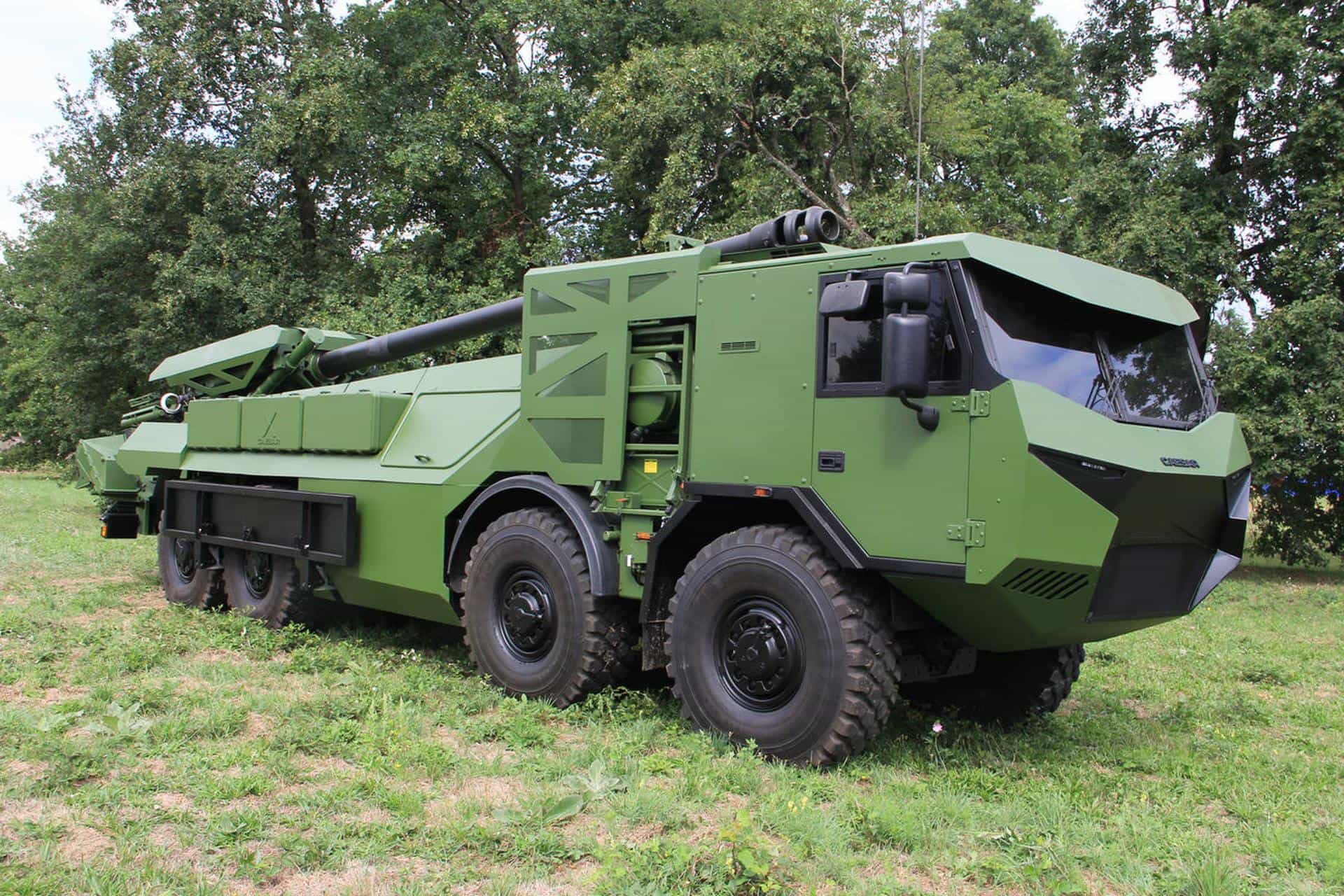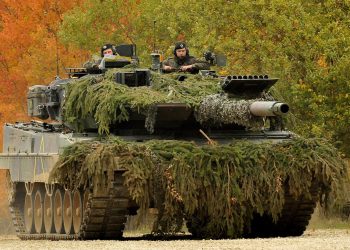WASHINGTON: With U.S. military members serving in more than 120 countries throughout the world as well as meeting requirements for troops in Iraq and Afghanistan, ground forces are stretched thin, senior military officials told Congress here yesterday.
The Army Vice Chief of Staff Gen. Peter W. Chiarelli told the Senate Armed Services Committee’s subcommittee on readiness and management that unless “tough decisions” are made, the Army cannot continue to meet current demands for deployed forces while maintaining the amount of time troops need to re-train and rest at their home station.
“What has to change for us is the demand for forces,” Chiarelli said. “And right now, the demand for forces is as high as it’s ever been with our continued commitment to Iraq and the increase in Afghanistan.”
Currently, the Army is rotating troops in Iraq and Afghanistan on one-year rotations with one year of time at home. The Marine Corps deploys under a seven month cycle.
The past seven years have been extremely busy for military members and their families. Some Soldiers have as many as five yearlong deployments between Iraq and Afghanistan under their belt. And despite consistently meeting their retention and recruitment goals, the demand for ground forces still surpasses the supply, he said.
“We are consuming our readiness as fast as we are building it,” the general said.
Meanwhile, the overall numbers of available personnel for deployments consistently grows smaller. More than 30,000 troops across the Army are not able to deploy for medical conditions suffered on previous deployments or training events.
The effect that high demand and reduced numbers have on Soldiers and their families has been increased deployments, shorter dwell time at home stations, and insufficient recovery time for Soldiers, their families and their equipment, he said.
Also, despite the military’s anticipated drawdown and eventual withdrawal from Iraq, military officials still remain concerned about the readiness of their ground forces and their ability to engage in future possible conflicts, the general said.
Chiarelli said if the drawdown and withdrawal efforts continue as planned, the Army can maintain its current tempo until mid-2010 and then begin to give Soldiers more time at home. But if a sudden conflict arises and were to cause demand to remain as it is today or greater, “it becomes very, very difficult for the United States Army to meet those requirements,” he said.
“My concern is we cannot fully predict what the derivative affects will be in the future,” he said. “It is my personal opinion that we simply cannot continue to meet the current demands, expand our agility and focus, and sustain the force, including our Soldiers and equipment, without making some corresponding adjustments.”
Until recently, the Army was in the process of growing its forces to accommodate 47 brigade combat teams. Defense Secretary Robert M. Gates announced recently that the Army would stop at 45 to ensure each brigade is fully manned and equipped. The Army currently has 43 brigade combat teams deployed or ready to deploy.
Chiarelli said he agrees with Gates’ decision, and believes that for the Army to be ready for future conflicts while keeping focus on current ones, it needs to continue its growth plan.
“It’s very important that we grow those brigades, because this is a question of supply and demand,” he said.
The same supply-and-demand dilemma applies to Marine Corps ground forces, Assistant Commandant Gen. James Amos told the panel.
“This sustained effort does not come without cost to the institution, to our equipment, to our strategic programs and, most importantly, to our Marines and their families,” Amos said.
Deployed Marine units in Iraq and Afghanistan are equipped with the best manpower, equipment and training available, he said. But those Marine units preparing to deploy or standing by for strategic responses, such as to a new war or conflict, aren’t so fortunate.
For the Marine Corps to meet manning, equipment and training requirements for the 2nd Marine Expeditionary Brigade to deploy to Afghanistan next month, assets were taken from nondeploying units. Weapons, vehicles and even Marines were “cobbled up” from other units to meet President Barack Obama’s request to build up forces in Afghanistan, Amos said.
“To ensure our deployed and next-to-deploy forces maintain this high state of readiness, we have taxed our nondeployed forces and strategic programs for equipment and personnel,” the general said. “As a result, the majority of our nondeployed forces are reporting degraded readiness levels.”
Like the Army, the Marines are not as ready as they’d hope to be to respond to other national security threats, he said. “This degraded state of readiness within our nondeployed forces presents risks to our ability to rapidly respond to other unexpected contingencies around the globe.
“It would be very difficult and challenging, in the case of the Marine Corps, if something happened in Iran or North Korea,” Amos said.
However, responding to a North Korean or Iranian attack with ground forces would not be impossible, Amos said. He explained that forces already deployed would “freeze” in place, while new forces would be built at home stations. But it would take several months and global sourcing on the part of the Marines, and it would “emasculate” strategic reserves, he said.
“Is it possible? Yes,” Amos said. “Your Marine Corps and your Army and Navy and Air Force would come together and make it happen. But it would be painful.”









